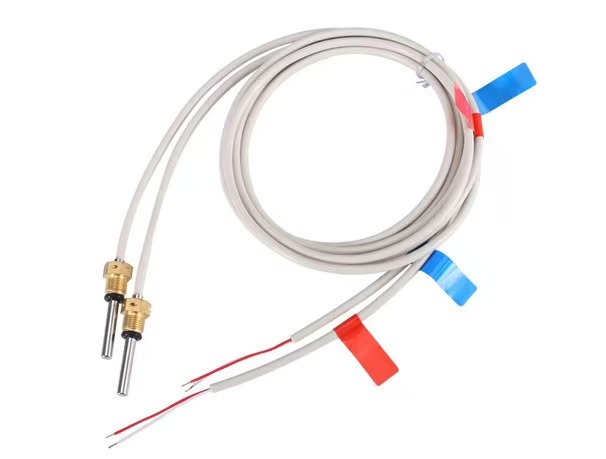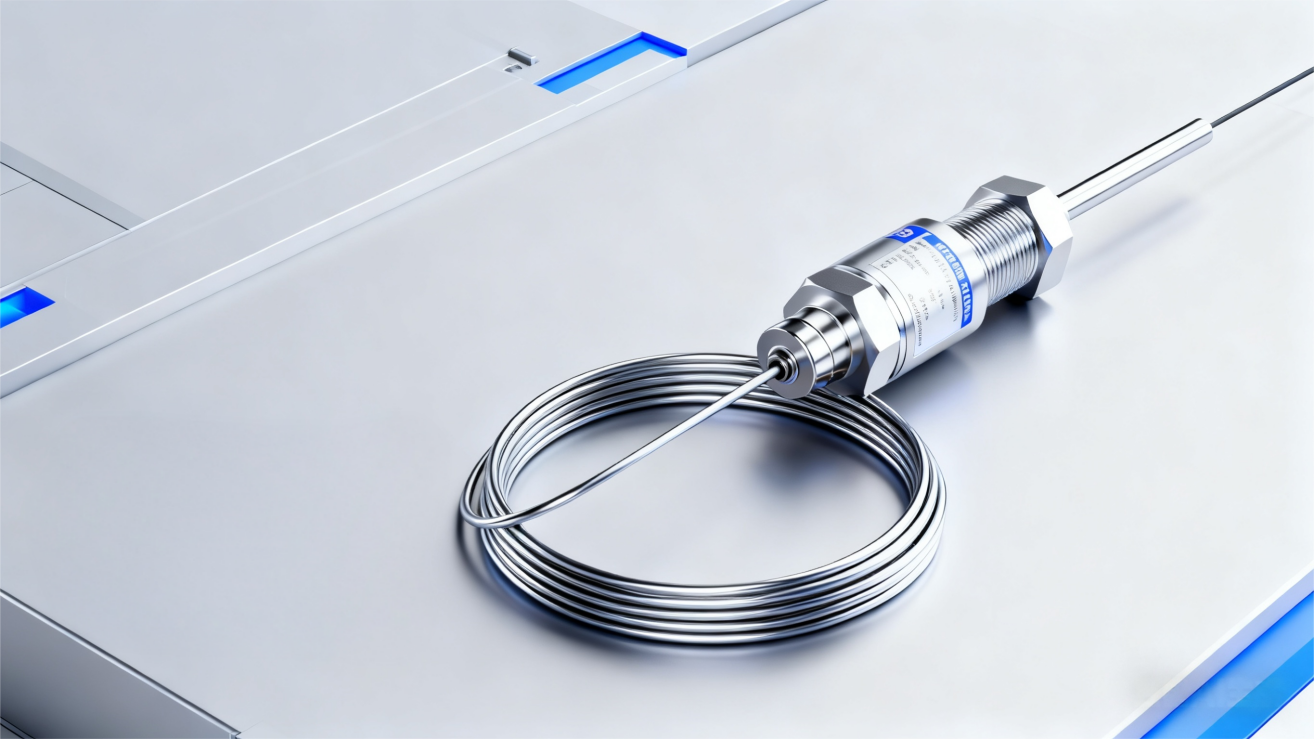LCD Temperature Display: An Essential Tool for Accurate Temperature Monitoring
Summary:
In this article, we will explore the importance of an LCD temperature display in various applications. From home use to industrial settings, accurate temperature monitoring is crucial for ensuring safety and efficiency. We will delve into the key features and benefits of LCD temperature displays, providing an in-depth understanding of their role in maintaining optimal temperature levels. Join us as we uncover the essential aspects of this indispensable tool.
Table of Contents:
1. Introduction
2. Importance of Accurate Temperature Monitoring
3. Understanding LCD Temperature Displays
4. Key Features of LCD Temperature Displays
5. Applications of LCD Temperature Displays
6. Choosing the Right LCD Temperature Display
7. Enhancing Efficiency with LCD Temperature Displays
8. Conclusion
Introduction:
Temperature monitoring is vital in various scenarios, ranging from controlling room temperature at home to ensuring the safe operation of complex industrial systems. A crucial component in this process is the LCD temperature display. With its ability to provide real-time temperature readings, it enables users to make informed decisions and take appropriate actions. In this article, we will explore the significance of LCD temperature displays and how they contribute to accurate temperature monitoring.
Importance of Accurate Temperature Monitoring:
Accurate temperature monitoring plays a pivotal role in numerous industries and everyday life. Whether it’s maintaining optimal conditions for perishable goods during transportation or monitoring critical temperatures within laboratories, deviations can have severe consequences. An LCD temperature display provides users with a clear and precise reading, allowing them to respond promptly to any changes or anomalies.
Understanding LCD Temperature Displays:
LCD temperature displays utilize liquid crystal technology to present temperature information in a user-friendly manner. The display consists of a backlight, LCD panel, and control circuitry. It offers a digital readout, making it easy to interpret temperature values. Additionally, some displays include customizable features such as color-coded alarms to indicate critical temperature levels.
Key Features of LCD Temperature Displays:
1. High visibility: LCD temperature displays employ backlit screens, enhancing readability even in low-light environments.
2. Precision and accuracy: These displays provide accurate readings within a specific temperature range, ensuring reliable measurements.
3. User-friendly interface: LCD temperature displays offer intuitive controls and easy-to-understand displays, enabling effortless operation.
4. Alarm functionality: Certain models come equipped with alarms that alert users when temperature thresholds are surpassed.
5. Data logging capabilities: Advanced LCD temperature displays allow for data storage, analysis, and retrieval, facilitating effective temperature management.
Applications of LCD Temperature Displays:
1. Home and Office: LCD temperature displays find widespread use in thermostat systems, ensuring comfort and energy efficiency.
2. Food Industry: From refrigerators to transportation containers, LCD temperature displays monitor temperature-sensitive products, preventing spoilage.
3. Healthcare: LCD temperature displays play a critical role in medical equipment, blood banks, and pharmaceutical storage, ensuring optimal conditions.
4. Manufacturing: Industrial processes often require precise temperature control, and LCD displays aid in achieving this by providing accurate readings.
5. Scientific Research: Laboratories rely on LCD temperature displays to maintain precise temperature conditions for experiments and samples.
Choosing the Right LCD Temperature Display:
When selecting an LCD temperature display, several factors should be considered:
1. Temperature range: Ensure that the display can measure temperatures within your desired range.
2. Accuracy: Look for displays with high accuracy ratings to ensure reliable readings.
3. Mounting options: Consider the installation requirements and choose a display that suits your needs.
4. Additional features: Depending on your application, select displays with alarm capabilities, data logging functionality, or other customizable options.
Enhancing Efficiency with LCD Temperature Displays:
By investing in LCD temperature displays, businesses and individuals can enhance efficiency in various ways:
1. Early detection of issues: The real-time temperature monitoring provided by LCD displays allows for swift detection of anomalies, preventing potential damage or losses.
2. Energy optimization: LCD temperature displays aid in efficient energy usage by ensuring that temperature conditions are optimized for each specific need.
3. Quality control: With accurate temperature readings, businesses can maintain product quality and meet regulatory standards consistently.
Conclusion:
In conclusion, LCD temperature displays are indispensable tools for accurate temperature monitoring across various applications. From their high visibility and precision to their user-friendly interfaces and customizable features, these displays offer immense value in maintaining optimal temperature levels. By investing in the right LCD temperature display, individuals and businesses can ensure safety, efficiency, and enhanced performance. Stay in control of temperatures with the help of LCD temperature displays, and experience the benefits firsthand.

Discovering the Range of Temperature Sensors from Leading PT Sensors Manufacturer
Platinum resistance temperature sensors from reliable suppliers offer precise measurements with tolerances within tenths of a degree Celsius and withstand pressures up to sixteen bar.




